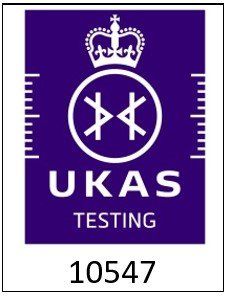The History of Suprox
During the 1960-70’s, the wholesale use of new (and often underdeveloped) biocides as a weapon against microorganisms in food production and healthcare was prevalent. It was not until the 1980’s when proof that these had serious biological and environmental consequences; that worldwide action was taken to largely ban the use of these toxic chemicals from use. Some remained, such as formaldehyde and its derivatives (since removed from medical use as causing asthma and cancer). The Russian space programme developed a method of cold sterilisation for the microbial cleaning of prisms and mirrors used on earth orbit satellites, involving the hydrolysis of common salt across a membrane, a process called electro-chemical activation of brine (ECAB). ECAB has since been used as a method of water treatment in commercial and industrial applications, including human waste treatment and oil exploration, ensuring that watercourses and the environment have not been overly contaminated by the primary sources.
For over 15 years, Medipure has been actively involved in exploring the potential of ECAB as a replacement for chlorine, which has been a most effective disinfectant for over a century, eradicating many harmful diseases caused by population growth and poor living conditions. However, chlorine, when combined with organic material will produce dangerous carcinogenic products or side effects that do not allow widespread use of this chemical on safety or environmental grounds.

